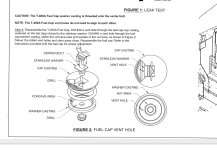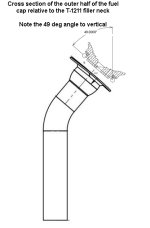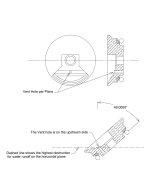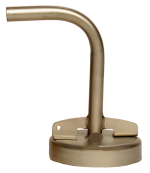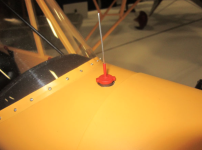Stuart Grant
Active Member
Building a Legacy RV-12, now working on Service Bulletins and Service Letters and then jumping into the Finish Kit. I have a pre-built fuel tank from June 2013 that I just opened up to do SB-13-12-19 Fuel Tank Attach Modification and SL-00070 Optional Fitting for Fuel Tank Inspection Hole. Since I am going to be drilling holes and resealing the tank I am wondering if you all think there might be some advantage to modifying the tank for the newer plumbed vent line - IF that is approved and actually possible. Anyone know why the fuel tank venting was changed? Was it something to do with fumes crazing the Lexan rear window?
Thanks!
Stuart Grant
Miami, FL
N412SG Reserved
'53 C-180 Sold 2010
Thanks!
Stuart Grant
Miami, FL
N412SG Reserved
'53 C-180 Sold 2010



